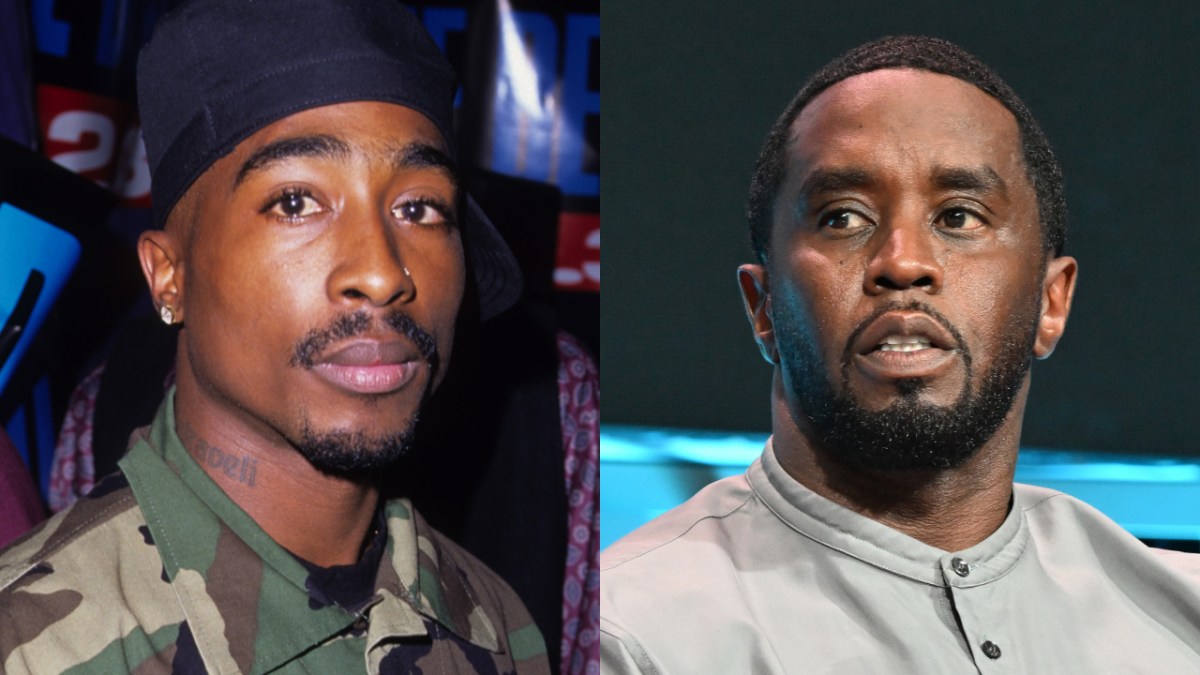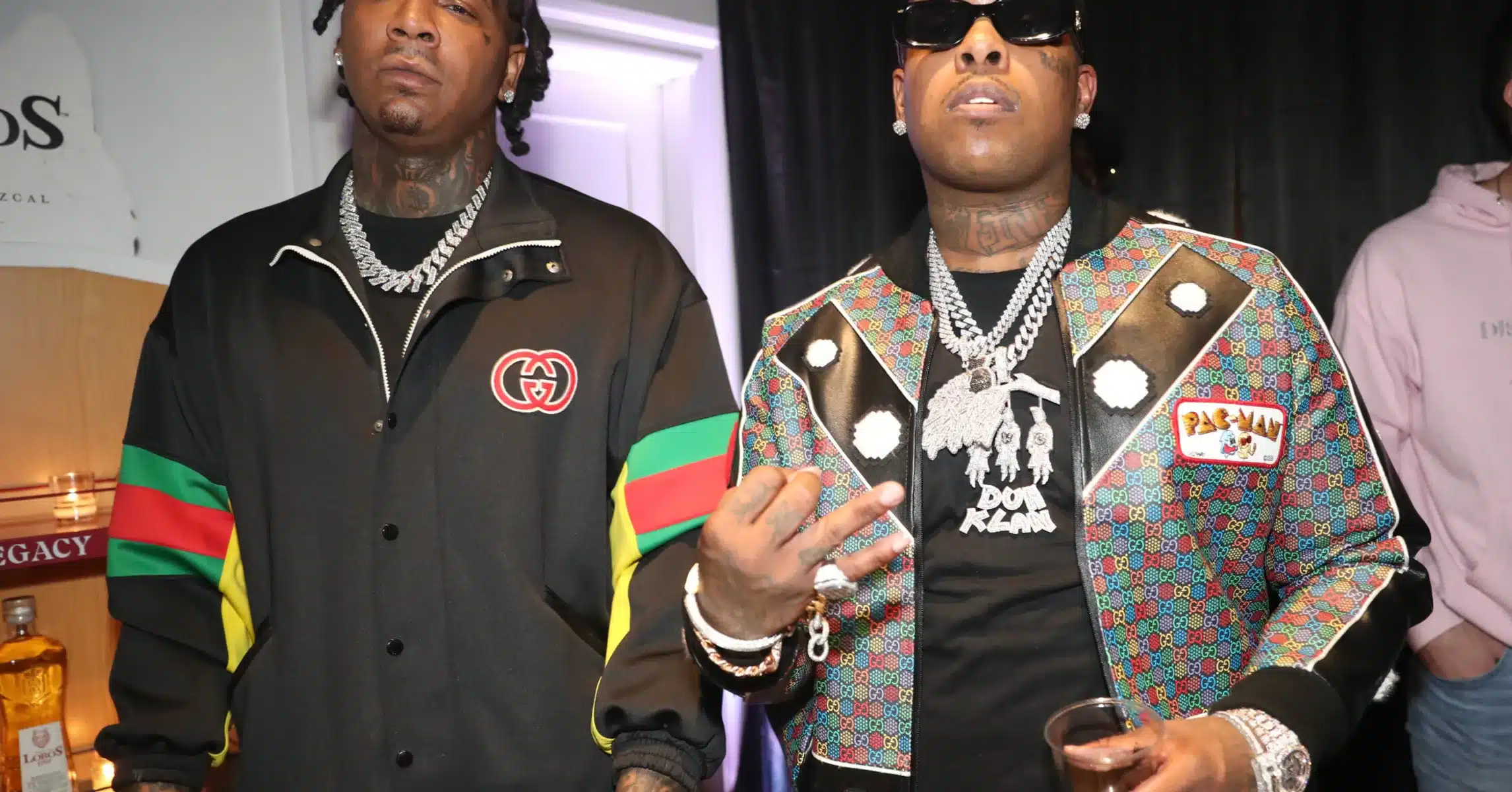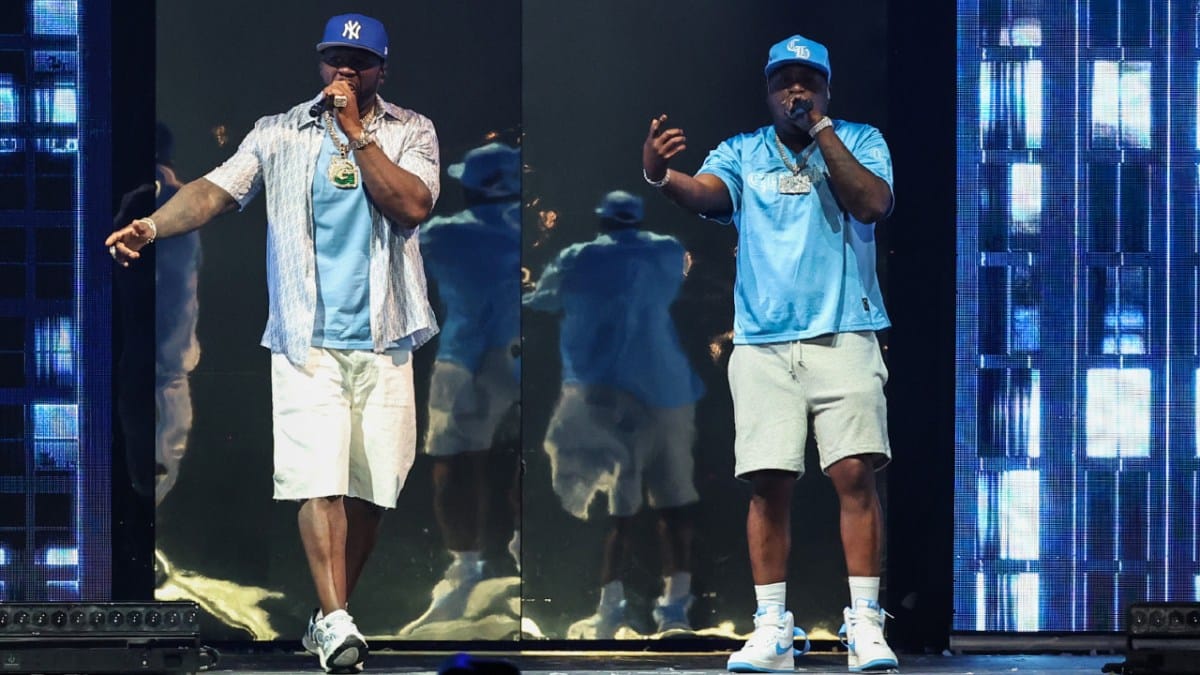During a recent UFC broadcast, a significant error was made. The television stream mistakenly identified boxer Terence Crawford as rapper Kendrick Lamar, leading to an immediate backlash.
Although some saw it as a joke due to Lamar’s mention of Crawford in a song, others found the mistake offensive. The incident has ignited debates about cultural sensitivity and representation in media.
UFC’s Broadcasting Blunder
The UFC recently faced criticism for misidentifying boxer Terence Crawford as rapper Kendrick Lamar during a broadcast. The blunder was instantly met with backlash and accusations of racism. Observers suggested the mix-up might have been a poorly executed joke, given that Lamar references Crawford in his song “euphoria.”
Crawford’s Reaction
Despite the controversy, Crawford seemed to find humor in the situation. He shared a screenshot of the broadcast on his Instagram Story, captioned, “Damn @kendricklamar 😂😂.” This reaction indicates that Crawford does not harbor any ill-will over the mistake.
[instagram-embed-display instagram_id=’C_8aX3DJLZs’]
Online Reactions
Social media was abuzz with various reactions to the mix-up. Some found it humorous, while others saw it as an example of systemic issues within the organization. The online discourse highlighted the differing perspectives on whether the mistake was harmless or indicative of a larger problem.
Kendrick Lamar’s Mention
Adding another layer to the story, Kendrick Lamar’s song “euphoria” includes a reference to Terence Crawford. This connection sparked debates on whether the mix-up was intentional. Some fans argued it was a nod to the song, while others believed it showed a lack of diligence on the UFC’s part.
The debate continued as more people chimed in. While some defended the UFC, others criticized the organization for not paying closer attention to detail. The incident provided fodder for ongoing discussions about representation in sports media.
Historical Context
This is not the first time a major sports organization has faced backlash for similar mistakes. Past incidents have raised questions about cultural sensitivity and awareness. Such errors often lead to broader conversations about how media organizations handle representation.
For example, there have been instances in other sports where athletes were misidentified or given incorrect information. These mistakes are often seen as indications of a larger issue within the industry. Media outlets are frequently called upon to improve their accuracy and cultural awareness.
The mix-up with Crawford and Lamar adds to a list of such incidents. It serves as a reminder that organizations need to be more meticulous. The public’s reaction shows that there is little tolerance for such errors, especially in today’s digital age.
Comparative Analysis
Comparatively, the UFC’s error is not unique. Similar mistakes have occurred in other domains like entertainment and politics. These mistakes often spark debates about professional standards and the need for better training.
When examining this incident through that lens, it becomes clear that mistakes can have wide-reaching implications. They can damage reputations and erode public trust. Therefore, organizations must strive for higher standards to maintain credibility.
Public Opinion
Public opinion on the matter is divided. Some believe the mistake was a harmless error, while others view it as a sign of deeper, systemic issues. Regardless, the incident has prompted conversations about how such errors can be prevented in the future.
Many suggest that better oversight and training could help avoid similar mistakes. The mix-up has become a talking point for discussions about improving diversity and accuracy in media coverage.
The mix-up has undoubtedly left a mark on the public’s perception of the UFC. While some are willing to brush it off as a minor error, others see it as a significant oversight. This difference in opinion highlights the varied perspectives people hold about media accountability.
Moving Forward
As the dust settles, the UFC will need to address this issue publicly. Acknowledging the mistake and outlining steps for prevention could help rebuild public trust. Organizations often face scrutiny for their handling of such issues, making transparency crucial.
It remains to be seen how the UFC will manage this situation. However, the incident serves as a lesson for all media outlets. Clear communication and cultural sensitivity should be prioritized to avoid similar pitfalls.
In conclusion, the UFC’s mix-up involving Terence Crawford and Kendrick Lamar has sparked significant discussion. While Crawford appeared to take it in stride, the broader implications for media accuracy and cultural awareness cannot be ignored.
The UFC’s mix-up has highlighted the importance of accuracy and representation. Terence Crawford’s light-hearted reaction contrasts with the broader public discourse.
As discussions continue, the expectation is for media organizations to take greater care in their broadcasts. Only time will tell how the UFC addresses this incident.




